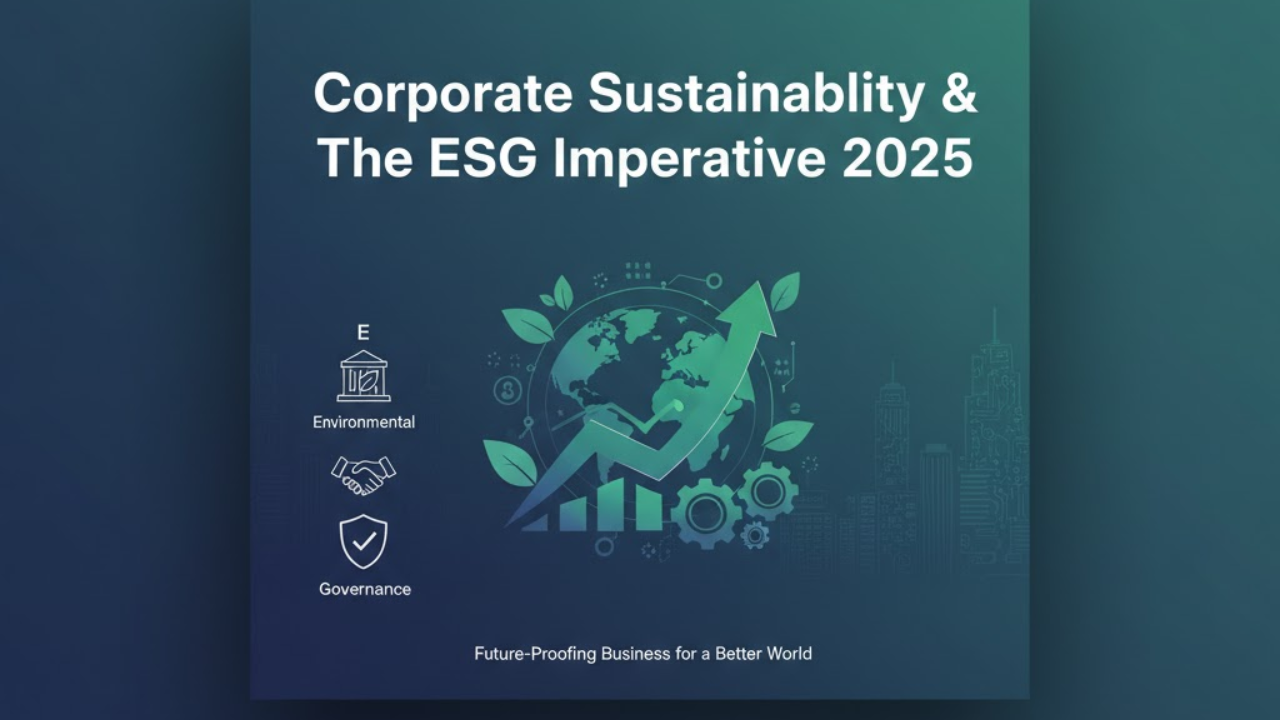
Post by : Meena Rani
India’s gold holdings have been catching global attention. In October 2025, India’s gold reserves surpassed USD 100 billion, with gold making up approximately 14.7 % of its total foreign exchange reserves — the highest level since the mid-1990s. (News) This jump is partly due to valuation gains as global gold prices soar, but also reflects a steady accumulation over years.
Although the Reserve Bank of India slowed down direct purchases in 2025, the upward momentum in gold prices has increased the notional value of reserves significantly. (News) Indian households also hold enormous amounts of gold — estimates place household holdings at around USD 3.8 trillion, nearly 90 % of GDP, reflecting the cultural, emotional, and financial significance of gold in India. (News)
This massive stockpile presents both opportunity and challenge: how to convert latent wealth into active economic value without undermining financial stability.
India has long been a global hub for cutting and polishing diamonds, but unlike gold, diamond reserves (in terms of mined, in-ground reserves) are more limited. Yet the diamond industry’s value chain — from rough diamond procurement, cutting, polishing, branding, and exports — is a potential lever.
In recent years, India’s gem and jewellery exports have seen renewed growth. In H1 FY26, jewelry exports climbed by 3.66 % to USD 14.09 billion. (News) The diamond jewellery segment in India is also growing strongly, with demand rising around 12 % year-on-year, though branded diamond jewellery penetration remains low (under 10 %), signaling large room for growth. (News)
Still, diamond export volumes—especially cut and polished diamonds—face headwinds from global supply constraints, competition, and varying demand cycles. (News) The premiumisation trend in India, where consumers are willing to pay higher for branded, certified diamond jewellery, is promising but execution matters. (Search)
Thus, while India’s diamond production reserves are not enormous, the value chain and export potential form an important strategic axis.
Foreign exchange reserves typically comprise currencies, sovereign bonds, and gold. Historically, gold has been the only hard asset in the reserve mix. With rising global economic uncertainty, inflation risk, geopolitical stress, and currency devaluation threats, gold — and potentially diamond assets — offer real-asset diversification.
Having a greater share of gold in reserve provides a hedge against currency cycles, external shocks, and financial contagion. It also gives India a strategic bargaining chip in monetary diplomacy and reserve management.
These reserves are latent leverage points. In theory, the state could monetize part of gold or diamond holdings (selling, leasing, collateralization) to fund capital projects, infrastructure or PPPs, without relying solely on debt. But such moves must be done carefully to avoid destabilizing markets or inflation.
Diamond industry capabilities (cutting, branding, export infrastructure) can be scaled to capture more value domestically rather than exporting raw materials or low-value products. This can boost employment, foreign earnings, and industrial diversification.
India’s strength in jewellery manufacturing and diamond processing offers the ability to build up high-value downstream capabilities (branding, design, certification, luxury end markets). That can transform reserves from static wealth into dynamic engines for growth, export, and job creation.
Moreover, linking gold and diamond reserves to tech, traceability, certification, blockchain, and ethical sourcing can create niche differentiation globally.
In an era of supply chain disruptions and geopolitical uncertainty, owning and controlling precious resources is part of national security. India’s reserves give it strategic autonomy — less dependency on external resource flows — particularly for gold import demand, which traditionally has been large due to domestic consumption.
Gold is a globally traded commodity; large sales can depress prices and distort markets. Any monetization must be gradual, hedged, and well communicated. Diamond assets are more illiquid; turning them into liquid capital is not straightforward.
Large sales or reallocation in reserves could influence currency value, inflation, or capital flows. Missteps might weaken rupee, spawn capital flight, or cause market instability.
Deciding who controls, manages, or monetizes reserves involves delicate institutional choices. Mismanagement, leaks, or misuse could lead to corruption or misallocation. Transparent governance, audit, and stakeholder consultation are essential.
Gold prices fluctuate — a decline erodes notional asset value. Diamond markets are even more cyclical, influenced by global demand, fashion trends, synthetic alternatives (lab grown diamonds), and supply shocks.
Gold or diamond holdings sitting idle may yield less than alternative investments (e.g., infrastructure, equities, manufacturing). The opportunity cost of keeping large reserves locked must be weighed carefully.
Export controls, duty structures, import taxes, certification rules, and legal restrictions on resale or leasing could hamper monetization plans or value chain expansion.
Instead of outright sales, India could lease gold (to domestic or international institutions) or enter gold swap agreements. This allows earning yield without liquidating stocks. Proper hedging and oversight can mitigate price risk.
A special fund or vehicle focusing on gold and diamond assets—where part of holdings is invested in projects, development, or returns generation—can convert passive reserves into active capital.
Encourage branding, certification, design centers, and global marketing for Indian diamond jewellery
Invest in technology (AI, digital grading, traceability) to uplift quality & differentiation
Policies to reduce export costs, intermediaries, and enable direct retail export
A portion of reserves could be sold in phases, with proceeds ring-fenced for infrastructure or strategic investments, thus avoiding budget integration and ensuring fiscal discipline.
Issue gold- or diamond-backed bonds—where investors get returns tied to precious metal appreciation—thus monetizing the reserve in capital markets without full sale.
Set strict legal guardrails: minimum holding thresholds, audit oversight, parliamentary review, and public disclosure to ensure trust and stability.
Many central banks around the world hold and occasionally sell gold to manage reserves. India’s rising gold share mirrors trends of reserve diversification. (News)
Countries rich in natural resources often struggle to convert resource wealth into sustainable development due to the “resource curse” or misgovernance. India must avoid this with transparent institutions and prudent strategy.
Diamond producing nations (e.g., Botswana) derive large portions of revenue from diamond value chains, not just raw mining. Their model of beneficiation, sovereign funds, partnerships can offer lessons.
In commodity-rich economies, sovereign wealth funds, resource-linked funds, and state mineral agencies are often used to manage long-term returns and buffer against commodity cycles.Outlook & What to Monitor (2025–2035)
Gold Price Trajectory & Volatility
If gold continues to rally, the notional value of India’s holdings may grow further — creating opportunities for reserves monetization.
Domestic Demand & Consumption Trends
Consumer demand for jewellery, luxury, and branded diamond segments will influence how much value can be captured domestically.
Technological & Certification Advances
Progress in diamond grading, traceability, blockchain, lab-grown vs natural differentiation will shape India's competitive edge.
Policy & Legal Reforms
Any changes in reserves management laws, tax breaks, export incentives, or reserve monetization mandates will be critical.
Institutional Strengthening
How RBI, Ministry of Mines, Ministry of Finance, and state governments coordinate in resource governance will determine outcomes.
Global Demand and Supply Dynamics
Diamond supply shifts, synthetic alternatives, global gold demand cycles, and geopolitical uncertainty will influence the value of reserves.
India’s gold reserves are now a formidable macro asset; diamond reserves (and processing capacity) add industrial potential.
Rather than leaving reserves static, carefully structured monetization or leveraged deployment into infrastructure or industry may extract latent value.
The challenge is to balance monetization without market disruption, and to invest in domestic value chains that retain more value.
Governance, transparency, phased strategy, and institutional capacity are critical to avoid pitfalls.
Leveraging mining, processing, branding, and export of diamonds (alongside gold) offers a path to convert resource advantage into economic growth.Disclaimer:
This article is for informational and editorial purposes only. It does not constitute investment, financial, or policy advice. Readers should carry out their own due diligence or consult domain experts before acting on insights or strategies related to reserves or resource assets.
India gold reserves, diamond reserves, strategic minerals India, mineral wealth, reserve management, sovereign assets, India resources strategy










Bengaluru-Mumbai Superfast Train Approved After 30-Year Wait
Railways approves new superfast train connecting Bengaluru and Mumbai, ending a 30-year demand, easi

Canada Post Workers Strike Halts Nationwide Mail and Parcel Services
Canada Post halts operations as CUPW strike disrupts mail and parcel delivery nationwide amid disput

PM Modi Launches BSNL ‘Swadeshi’ 4G Network, 97,500 Towers Built
India enters global telecom league as PM Modi inaugurates BSNL’s indigenous 4G, connecting 26,700 vi

India’s Iconic MiG‑21 Takes Final Flight After Six Decades of Service
After 60 years India retires its MiG‑21 fighter jet, a legendary yet controversial warplane marking

Hindustan Zinc unveils AI hotspot monitoring at Debari smelter
Hindustan Zinc launches AI-powered Switchyard Hotspot Monitoring at Debari smelter to cut outages bo

Chinese experts worked inside sanctioned Russian drone plant
Chinese drone specialists visited IEMZ Kupol supplying parts and drones via intermediaries, deepenin